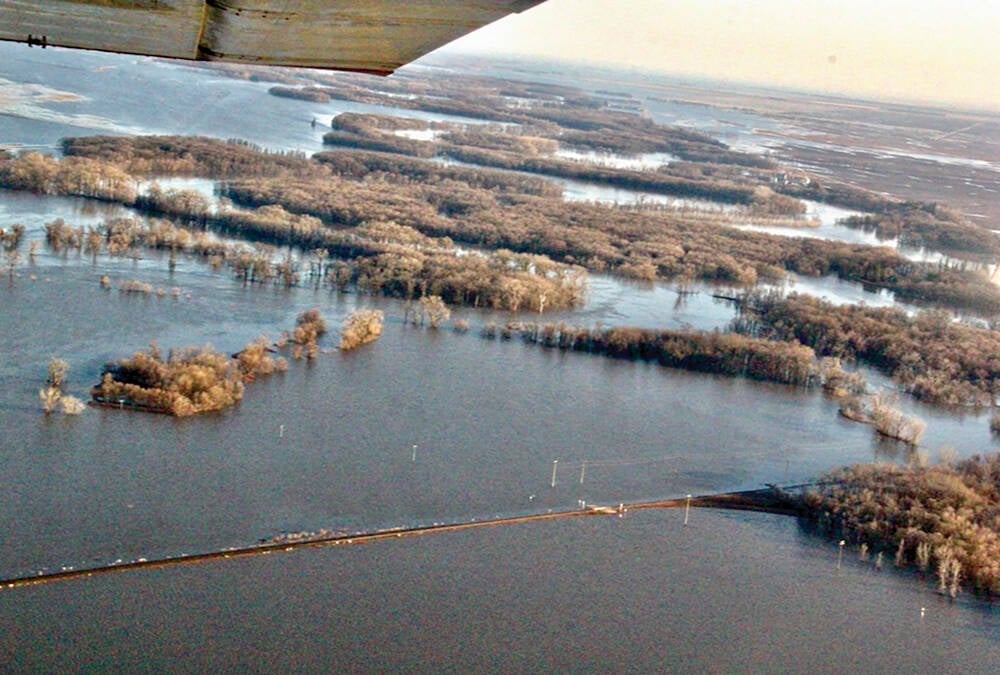The drought is being blamed for an increased number of rural people using Canada’s food banks.
In a news conference March 20, Charles Seiden, executive director of the Canadian Association of Food Banks, said it was a scary situation last fall. The drought led to an increase in demand at the same time that rural food banks were reporting a decrease in supplies.
“There were calls to me from Saskatoon, Regina, northern Alberta and Winnipeg of food banks running out. Empty warehouses.Those were images I lived with in September and October.”
Read Also

Rural Manitoba resources slim on natural disaster planning
A study from Brandon University’s Rural Development Institute has found that many rural and small municipalities don’t have the staff or resources to make formal climate plans against natural disaster.
That crisis was on top of a 12.5 percent increase in Canadian food bank use since 1997, said researcher Lisa Orchard. While she didn’t know if the rural increase came from farmers or farm workers, she said logic and anecdotes would indicate those who grow the food were also having trouble buying it.
Orchard, who conducts an annual hunger count for the food banks, said the survey shows “poverty is actually deepening, especially child poverty.”
She said the future may be better because the federal government is spending more money on affordable housing and child care. Areas that still need reform include Employment Insurance and provincial welfare rates, she added.
Jay Bradshaw, president of Syngenta Crop Protection Canada Inc., agreed it will take policy change to alleviate long-term hunger.
His agricultural chemical company has supported food banks with $300,000 since 2000 to pay the cost of transporting food to areas of need.
Of Canada’s 620 food banks, half are in rural communities with populations of less than 10,000 people. In March 2002, the food banks assisted 750,000 people.














